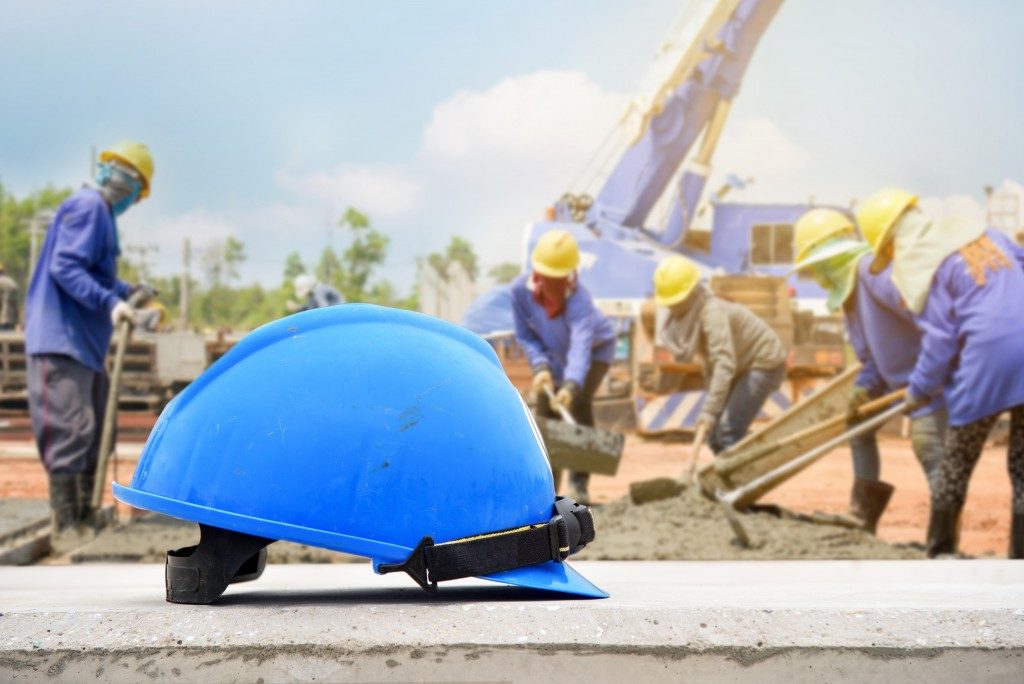On Workplace Safety
The notion of workplace and employee safety being the sole responsibility of an employer is a dangerous and oftentimes-costly misconception that sometimes leads to employees being more reckless in their job believing that any incident or injury occurring in the workplace can be covered and compensated by the company and their insurance. However, negligence on the side of the employee can make it significantly more difficult for them to claim any compensation, or for their family when filing a wrongful death lawsuit.
That said, while it’s true that employers should provide all the necessary safety features and regulations, and comply with all the safety standards of your industry, workplace safety is not just a one-way thing and should be as much a responsibility of the worker. Employers should also be proactive in letting their workers know their own role in ensuring their own safety. So, whether you’re an employer or the employee, it’s necessary for you to be aware of the following safety responsibilities held by the workers:
#1 Do Only What You’re Hired to Do and When You’re Supposed to Do It
While it’s tempting to help out a co-worker during your break (or before/after your shift), it’s best to just stick to your work assignment and your work hours. Insurance companies are trained to find loopholes, and it’s easy for them to argue that the incident leading to the injury was avoidable had you only worked on your task and within your work schedule. If you end up getting injured or fatally wounded while doing something that isn’t related to or is beyond your work assignment (or work hours), your family is going to need a very good wrongful death attorney in Long Beach to make a strong case.
#2 Follow Workplace Safety Regulations
The company and your supervisors can only do so much to ensure your safety. If a worker doesn’t follow safety protocol such as proper machine operations, wearing of personal protective equipment, and avoiding unsafe/marked-off areas in the workplace, it can be argued that the employee is at fault in case of any injuries. So, take your safety training seriously and make sure to know and follow all workplace safety protocols in place.
#3 Be Alert
It’s hard to stay wary of your surroundings, especially if your task requires a lot of focus and if your workplace is very noisy and busy. However, lack of awareness won’t only lead to injuring yourself, but you can potentially endanger your co-workers as well. If you have any issues that may hinder you from being aware of your surroundings, it’s best to notify your supervisor and manager so that your other co-workers can be warned and proper signage can be posted. On the other hand, you should also be aware of your other co-workers who might also be too engrossed with their work to notice you.

#4 Keep Your Station Clean
You have to remember that your work station is pretty much your responsibility to keep clean and safe. Clutter, dust, liquids, and lose wirings (to name a few) in your work station can be potential fire, tripping, slipping, and electrocution hazards. So make sure that you clean up as often as needed, preferably before and after working.
#5 Proper Handling of Equipment and Gear
It’s your employer’s and supervisor’s role to ensure that you have well-maintained and safe-to-use work equipment and protective gear. But, while you’re using it, you should make sure to handle this equipment with care to avoid damaging them. Many employees are afraid of reporting any damage to equipment that they themselves caused, in fear of being penalized or have their salary deducted, but you’d be putting you and your co-workers at risk if you fail to do so.
#6 Report Any Hazards and Issues
Speaking of reporting, it’s necessary for employers to provide means for reliable communication to their employees and supervisors, and for employees to immediately report any safety issues. Any faulty equipment, structural problems, and other safety concerns must be communicated promptly.
The Takeaway
Simply put, employees and employers have their own responsibilities in ensuring the workplace. So, as workers and employees, make sure you take note of these responsibilities to avoid any incident and also ensure that workers are properly compensated whenever an incident occurs.

